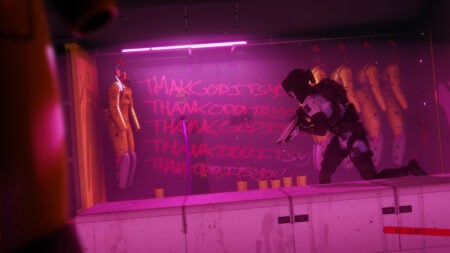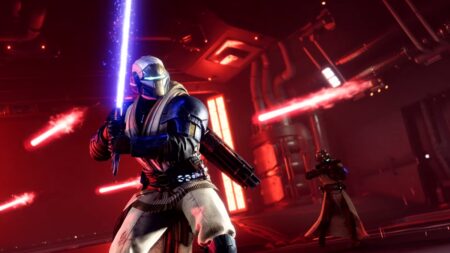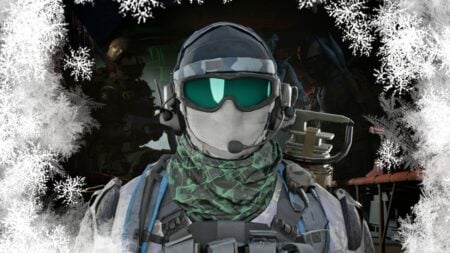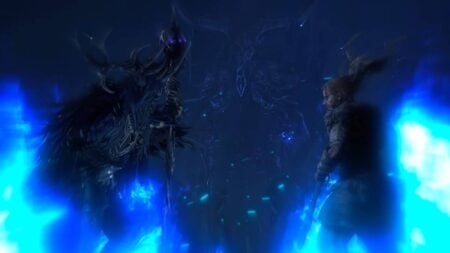Skip To...
It has been an era during which many anime-themed RPGs or JRPGs have changed their formula from role-playing to pure action. We’ve seen many sagas try to deliver the same quality in story and gameplay without being so static, but sadly, they have fallen short in some ways. Granblue Fantasy: Relink isn’t one of them. It’s a game that takes everything other titles have tried to do and lands it flawlessly. A short but concise story, a satisfying combat system, and one of the most addictive and entertaining quest systems I’ve enjoyed in years combine for a superb experience.
Granblue Fantasy: Relink Review
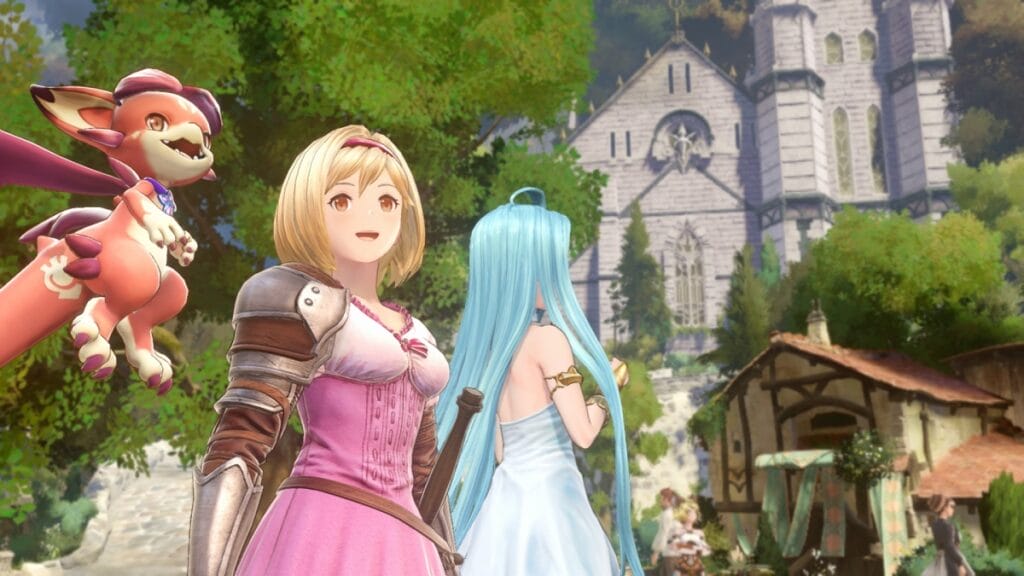
When I started the game, I thought it would be something similar to Final Fantasy 16 in terms of gameplay. But fortunately, I was surprised to find that Granblue Fantasy: Relink is an amalgam of many other games. It has combat systems similar to Final Fantasy 14, Tales of Arise, and the aforementioned installment. Surprisingly, it has a quest system similar to Monster Hunter: World. And, if that wasn’t enough, the mechanics for creating and upgrading weapons take a lot of inspiration from Honkai: Star Rail. It might sound overwhelming, but in my 25 hours of playing, it never felt like that. This entry combined every mechanic almost perfectly.
Story: Braving a New Skydom

For those intimidated at the prospect of jumping into a franchise that has existed for years, fear not. Let me make two things clear: first, this is not our heroes’ debut adventure. They already had their first big journey, which happened in the mobile game or the anime, explaining everything necessary to understand the lore. Secondly, it is not actually mandatory to know any of that to enjoy the game. So many systems introduce you to portions of the original story and characters that you’ll feel like you’ve known them for years. And, thanks to that, you can enjoy the plot of this installment, which, let me tell you, is one of the simplest but best executed I’ve seen.
With that disclaimer out of the way, let’s talk about this new journey. Granblue Fantasy: Relink tells the story of the Captain of The Grandcypher airship as they travel throughout the Sky Realm to reach Estalucia, the land said to be at the end of the skies. Along the way, they stop by the Skydom of Zegagrande, which is where this entry occurs. Our heroes become involved in a problem where elemental creatures of old are wreaking havoc on certain islands of this aerial archipelago, and, as our cast has experience dealing with these entities, they have no choice but to help.
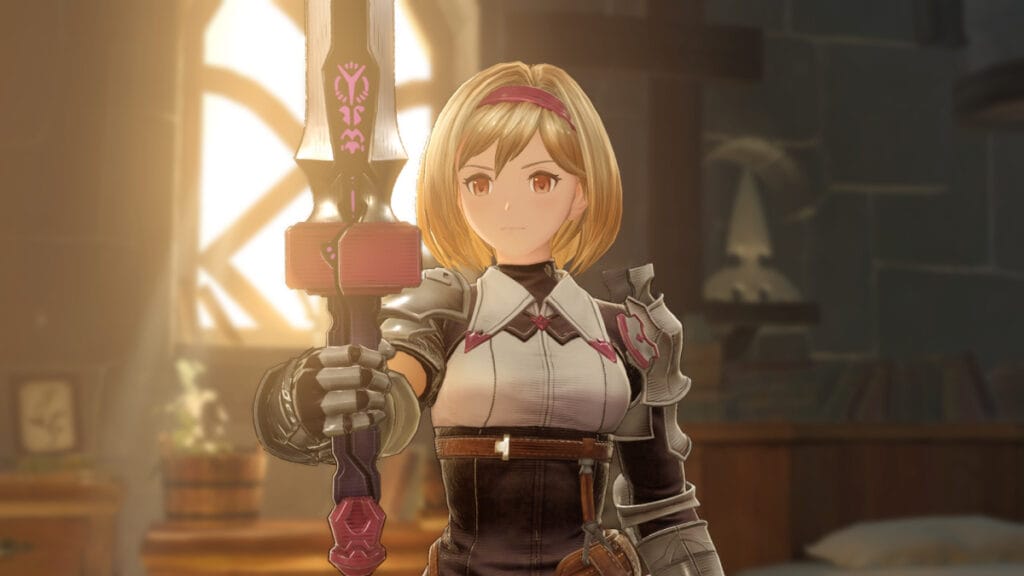
Honestly, I’d like to dig into the story more in-depth, but it would be spoilers, and I wouldn’t want to ruin the surprise for many. So, let me dive into some specific aspects of it. First, it’s a story that introduces a bunch of new characters, and each one is memorable, from the cult bent on hurting us to the new supporting characters that steal the show at every turn. Each new cast member is relevant and charming in their own way and even comes up with some very surprising moments and first-time plot twists that I wasn’t expecting.
Speaking of the plot, it is very short but of the highest quality. Any anime-themed game, or those categorized in the JRPG genre, tend to have pacing problems. This one doesn’t. Its story is so concise that it keeps you gripped throughout and never suffers from static or boring moments like Final Fantasy 16, a recent example. Here, every chapter is full of surprises, action, over-the-top cutscenes, and fantastic character interactions. This is the first time where the characters know there is danger and don’t decide to run errands or have a little fan-service-fueled episode in the hot springs. The Skydom is in danger, and that’s what matters.
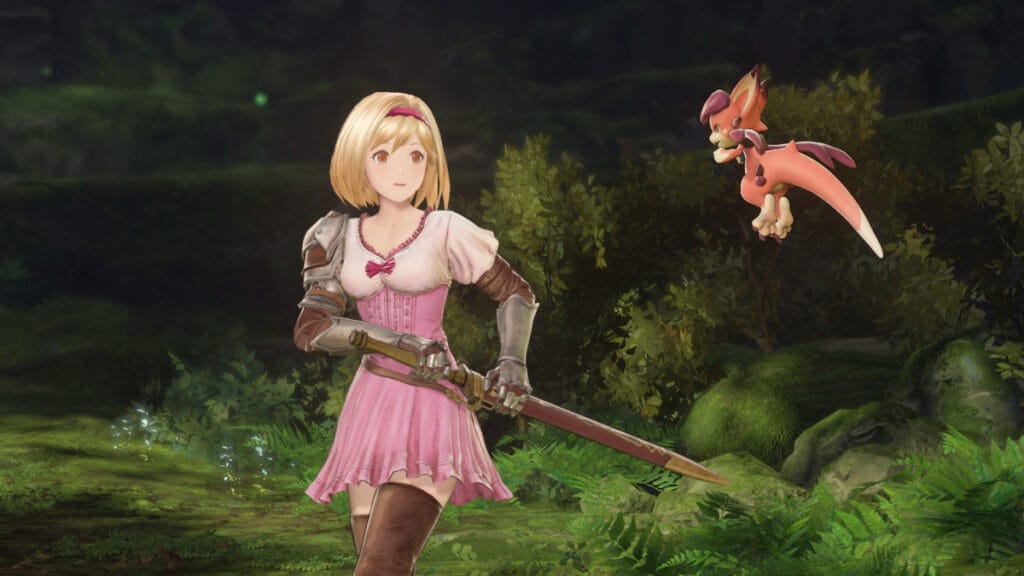
If there is one thing I could say I didn’t like, it was chapter nine. Without making spoilers, chapter eight is the best of the entire game. It has the best fights, the most significant reveals, and the biggest emotional impact of the game. On the other hand, chapter nine serves as exposition for a specific character and is padded out with repetitive boss fights. It wasn’t bad, but it felt like a drastic change of pace from the steady epicness of the game so far. That said, the high-quality returns quickly to close the game on a high note, so it didn’t feel like the story was ruined.
Gameplay: A New Standard for ARPGs
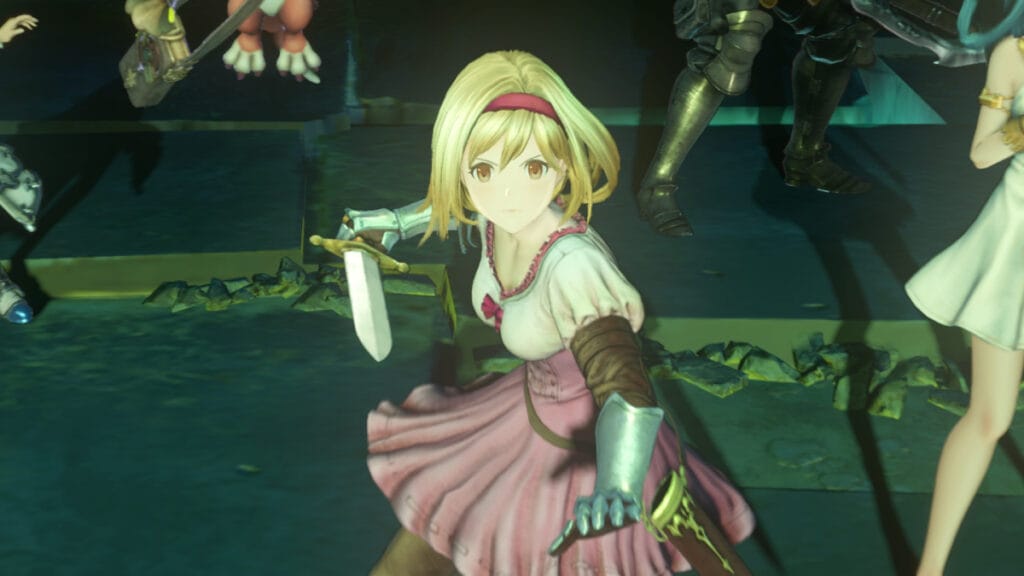
Originally, I compared this game to Tales of Arise, Final Fantasy 14 and 16, Monster Hunter: World, and Honkai: Star Rail. Yes, I know that sounds like an odd mix, but there’s a reason why I see it that way. Every element of the game is taken from another genre or an existing mechanic but makes it work in single-player gameplay with co-op on the side. It’s an installment where RPG elements actually matter, as they should. Even if it’s grindy, it doesn’t feel boring. On the contrary, there is plenty of room to give you the freedom to play as you prefer, but let me dig a little deeper into it.
Let’s start with combat. If I could compare it, it’s an amalgam of the enemy mechanics of Final Fantasy 14, the epic boss fights of Final Fantasy 16, and the ability and move selection of Tales of Arise. Every fight you have against enemies has its mechanics telegraphed on the ground, like in FFXIV‘s dungeons, where it feels like every encounter is a synchronized swim to avoid dying. The scenes out of a Hollywood movie match the titanic confrontations of FFXVI, and lastly, the combos and abilities are very similar to Tales of Arise, where, although it is an action game, it requires timing and tactics to win a fight.
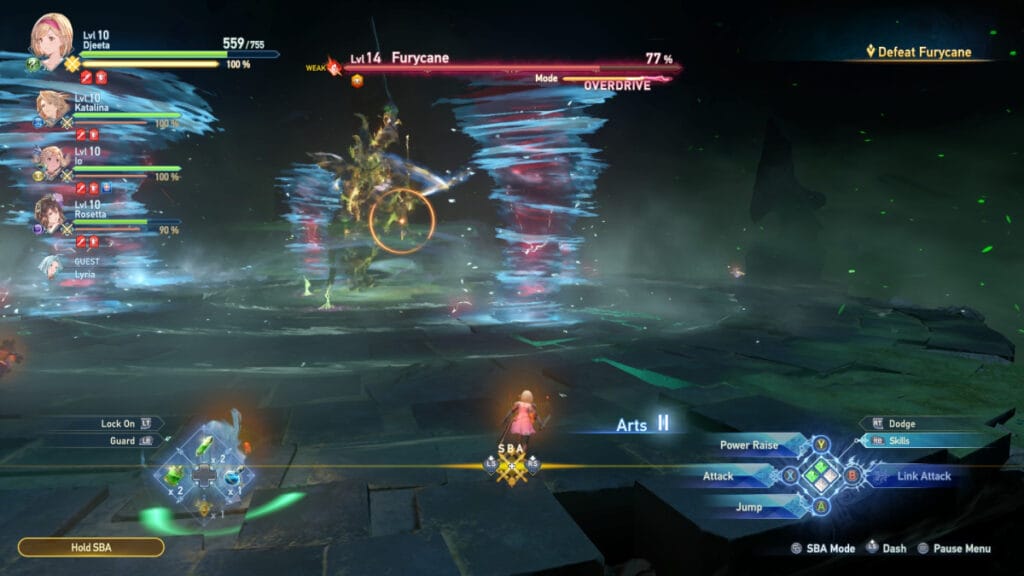
Despite this, the game still feels original because while it takes what works, it undoes what doesn’t. In FFXVI, it never really felt like an RPG. There aren’t many status effects or much elemental damage that is relevant. Here there is. Some enemies are weak to certain elements, forcing you to assemble your party as if it were a Pokemon team. As interesting as its combat was, Tales of Arise felt limited in certain parts. Each character was stuck into a role, and here they weren’t. Narmaya can be a tank or a critical hit machine. Cagliostro can be your healer or a killer alchemist. It depends on how you want to play and what the game asks of you.
Finally, before talking about the quest system, I want to talk more about the enemies, which are the ones you will be facing in several missions. There is some variety, but don’t expect too much. Some minions are reskins of others with different effects. That said, the ones that shine at all times are the bosses. Each confrontation has its own mechanic that goes from hiding behind something to running away from a magma wave and even some DPS checks. And the best part is that once you face them in the optional missions, they have new mechanics that make fighting the same boss different. Without a doubt, one of the best fights I’ve experienced in a long time.
Questing: Errands No More
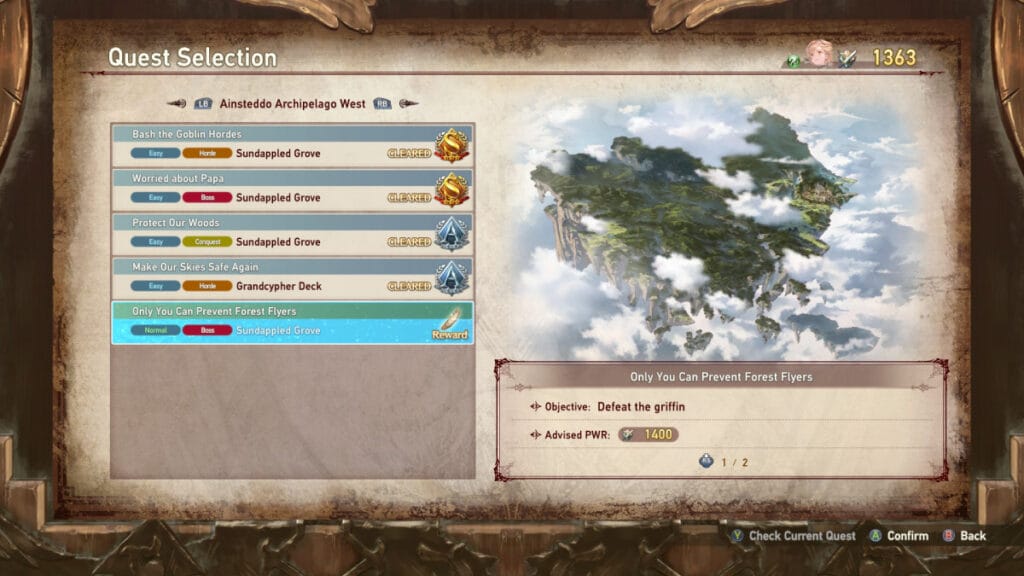
Usually, I don’t dedicate a section to the missions of a game, but it is so relevant here that it deserves to be mentioned. The quest system is taken from Monster Hunter: World, although simpler. You have a quest counter where you go to do optional quests. There are all kinds. Defend a certain object, kill as many enemies in a certain amount of time, defeat bosses, and even survival ones. You will do these quests to obtain materials to create new weapons or upgrade others. But, as in every Monster Hunter game, the fun starts at the end of the story.
After finishing the story, your Skyfarer Rank increases, and you unlock more difficult missions that give you better materials for new weapons. While you can use your starting weapon, these quests also provide you with mastery points to unlock each character’s huge mastery tree. There are over 100 things to unlock, ranging from a 1% increase in damage to new skills. You have an offensive tree, a defensive tree, and a bonus tree for weapon collections. So, if you want to use a character for endgame raids, you need to do a lot of grinding.
Other than that, Grablue Fantasy: Relink also has gacha and weapon augmentation systems similar to Genshin Impact or Honkai: Star Rail. When you want to level up your weapon in Relink, you use a material until it reaches a cap. This is usually at levels 30, 50, 75, and higher. If you want to remove the cap, you need materials from bosses or quests, similar to the ascension systems in the HoYoverse games. Speaking of which, there is a gacha system for obtaining sigils, items that give bonuses to characters. By collecting vouchers when trading items, you can pull for rare sigils, causing players to scavenge for materials and continue in this addictive loop.
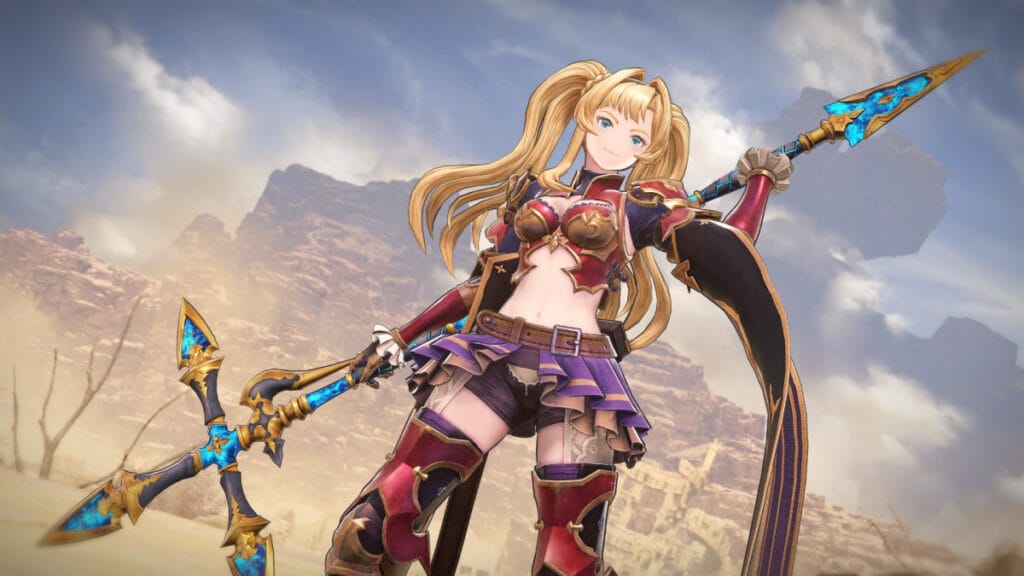
Beyond that, and something that I found fantastic is that you don’t have to spend anything on these things. There are no microtransactions. The game respects your time and lets you do what you want. In my case, I focused on leveling up my main character, who is the protagonist. I focused on replaying quests to get a specific material in my wishlist and create a weapon that gave him more damage. I still have a long way to prepare for raids or other content, but it’s such an addictive loop, thanks to the combat, that I don’t mind beating up the same old Golem.
Finally, and something that may disappoint some people, although it was not my case, are the Fate Episodes. As the game expects you to meet the entire cast of Granblue Fantasy: Relink, there are Fate Episodes. In them, each character tells you their story before this installment and then what they do during the new plot. These are essential to get better stats of each character, but in essence, they are static scenes where the voice actor talks and there are only two fights. Thanks to the voice actors, they are not bad, but they can feel a bit lackluster for those expecting more character-focused content.
Graphics & Audio: Boundless Beauty
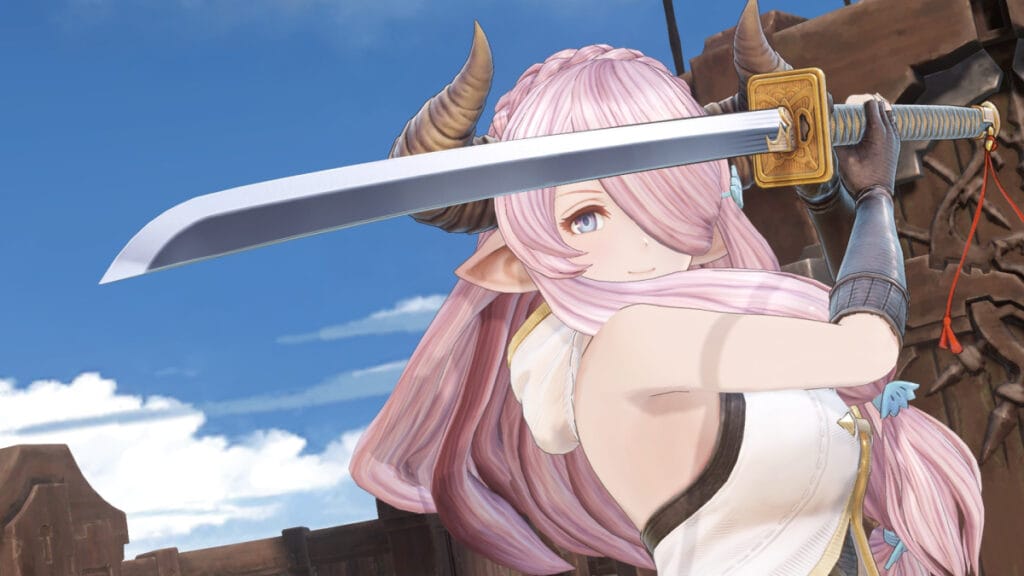
Many times, we all believe that all anime-themed games look the same, and that may be true in some situations. Fortunately, Granblue Fantasy: Relink has a unique style thanks to its shaders. This element gives a different texture style where it looks like the characters were hand-painted even though they are in 3D. It looks like they took the colors and textures from the illustrations and transferred them to the model. Sure, it’s not the most realistic or eye-catching thing, but it works and gives uniqueness to the game.
In terms of audio, it’s a marvel. Since this is a proper RPG, we all expected an epic soundtrack and Cygames delivered. We have composers like Nobuo Uematsu who need no introduction, thanks to his work on the Final Fantasy franchise. And Tsutomu Narita, who has worked on Granblue Fantasy Versus: Rising and Xenoblade Chronicles. Each piece of music is a delight, with the tracks of episodes eight and ten being the best of the entire game.
Lastly, and something that I consider essential for the fans is voice acting. Unlike the Granblue Fantasy fighting games, both English and Japanese voices are perfect. Japanese actors have always shined in this franchise since it is the original language, but the English cast finally stood out as it should. Thanks to the Fate Episodes, each actor brings their character to life in a personal way. In the cinematics, the vocal range of each one is a marvel, so much so that I played in English this time. My only drawback is that the lipsync is not the best in English and can be distracting, but it is only noticeable in a few instances.
Conclusion: A Complete Action RPG Package
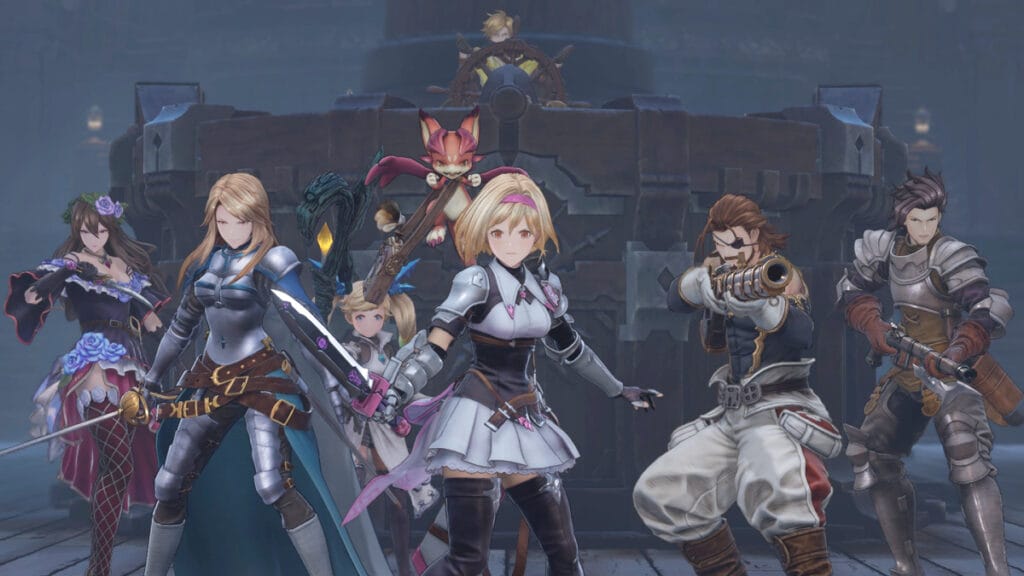
With one of the best and most concise stories I’ve ever experienced, relevant and impactful combat, and an addictive quest system, Granblue Fantasy: Relink is a new standard for the RPG genre. While the lipsync could have been better, and the story suffers due to one chapter, this game is a marvel from start to finish. In addition, it has an extensive endgame system that will make those hardcore players spend hours trying to make the best build for each character. Undoubtedly, it is a game that marks the beginning of 2024 in a big way.
Granblue Fantasy: Relink is available on PS4, PS5, and PC (Reviewed).
Review copy provided by Publisher.
Granblue Fantasy: Relink (PC Reviewed)
One of the best modern RPGs in the market.
Pros
- Fantastic pacing.
- Addictive combat mechanics.
- In-depth questing system.
Cons
- Minor lipsync issues.
- The main story is extremely short.




